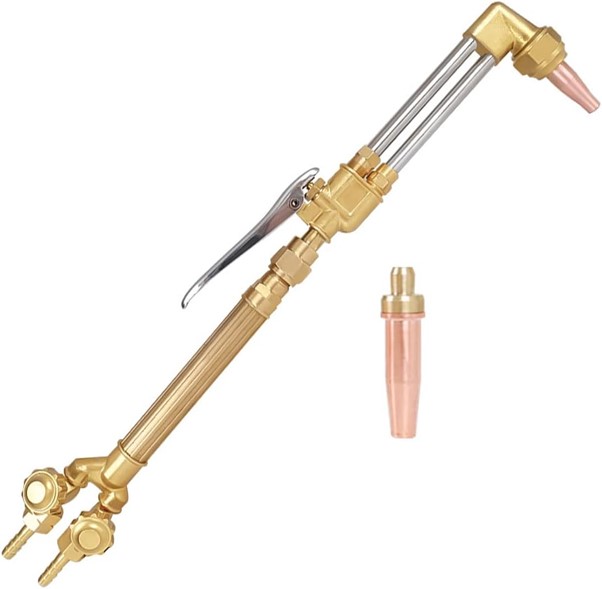
Blog Post
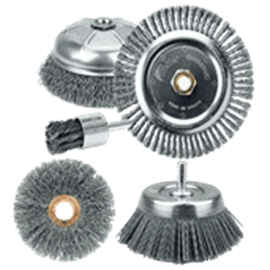
Get the Job Done Quick and Efficiently with Power Brushes
Did you know that abrasive brushes are one of the most common tools used for finishing parts? There is a reasonable theory. A variety of customized types of brushing finishes are available to accommodate the versatility of a wide range of applications. The brushes that are used to smooth uneven surfaces are great examples of abrasive tools. And that’s how a brushed metal finish with unique grinding patterns is made. If you are looking for industrial power brushes in UAE, then we are there for you. But before that, read on to know all about power brushes, their types, and their finish process.
Brushed Finishing Method
Using various brush types to buff products' surfaces improves their surface quality and creates the desired appearance. In this instance, brushes can be distinguished from coated or bonded abrasive materials. They are naturally filamentary. They make sure the substrate's surface is not damaged in any way.
Less aggressive brushes are used to create a brushed metal finish. Also, they are important for several tasks like deburring, washing, edging, roughing, etc. A brushing tool moves away from the component's edge and towards a flatter surface as it comes into contact with the material's surface.
Different types of surface brushes
A brushed metal finish can be obtained using a variety of brushes. These tools are sufficient in their own ways to produce the appropriate surface finish. There are two main brushes for brushed finishes:
1. Steel-Wire Brushes
Steel wire brushes are common tools for giving metal fabrication a brushed appearance. Since they don't alter the shape or remove the foundation material, these brushes are very popular.
Similar to sandblasting, these brushes clean surfaces. But, in this instance, no sand fragments are contacting the workpiece's surface. Instead, the area that needs to be polished is in touch with wire tips. Brushes can easily separate surface impurities from the base thanks to a perfect combination of solid steel wire tips and high surface energy.
Steel wire brushes are also very adaptable. They are available in various configurations that satisfy the prerequisites of various applications. Long filament brushes are one example of conformable brushes. They can easily follow curved surfaces. Steel brushes with short trim work quickly and are used for demanding applications.
2. Power brushes
Generally, carbon steel, ferrous and nonferrous wires, and natural and synthetic fibers are used to make power brushes. Professional brush finishers employ power brushes for various purposes. They involve cleaning up contamination from the substrate surfaces and polishing, and edge blending. As power brushes use horsepower, you can imagine the amount of pressure applied during the process. This will determine the level of brushed metal finish you acquire.
These brushes differ when it comes to shape, size, and brush filament fabrications. Longer filaments are typically used to finish items with a considerable amount of abrasion. On the contrary, shorter filaments are better suited to intensive processing. Also, the greatest and most efficient results are produced by brushes that have the widest diameter sizes combined with power tools.
Common Uses for Brushed Finish Techniques
The brush for metal finishing offers numerous processing and production benefits. The goal of each step is to raise the product's quality and surface.
The following are some examples of how brushing finish is used in rapid prototyping and custom manufacturing:
Deburring. Metal finishing brushes remove any burrs from machining operations. They can do this efficiently without producing any additional flaws or sharp edges. In contrast to conventional grinding methods, brushing is more focused on one edge. As a result, they remove the burrs while leaving the other basic material intact.
Edge blending Where two surfaces of a part converge, power brushes are useful for forming a rounded corner. Similar to deburring, this process does not affect any additional materials on the surface near the edge. The part's tolerance is also unaltered. As a result, you have a component that is fatigued and has lower stress. The component's life also gets better.
Cleaning. Removing dirt, film, rust, weld slag, discomfort, and heat treat scales is another crucial use of brushed finish. Cleaning tasks that require water are best completed with stainless steel brushes.
Roughening. Creating stronger intramolecular connections on surfaces like nonferrous metals, rubber, and leather polymers is another distinctive aspect of brush finishing. Power or steel wire brushes can be used to roughen surfaces to improve paint adhesion.
Bottomline
As important as proper machining is choosing the appropriate finish for a machined object. Along with improving the part's aesthetic appeal, the coating increases durability. So, choosing the perfect finish is a decision that demands the utmost care. Consult machining industry specialists to make sure the finish of your product is in good hands. OKI Bering is a professional business that can assist with all of your finishing requirements. We are the top industrial tools suppliers in the UAE who can help you with top-quality industrial tools. Contact us right now at +971 48860679 or +971 48860678 to know more…!!!
Categories
Latest news
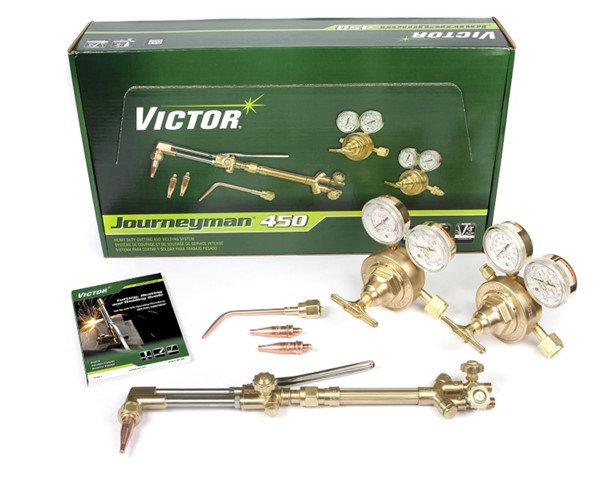
Features and Benefits of the Victor Journeyman
10 February 2024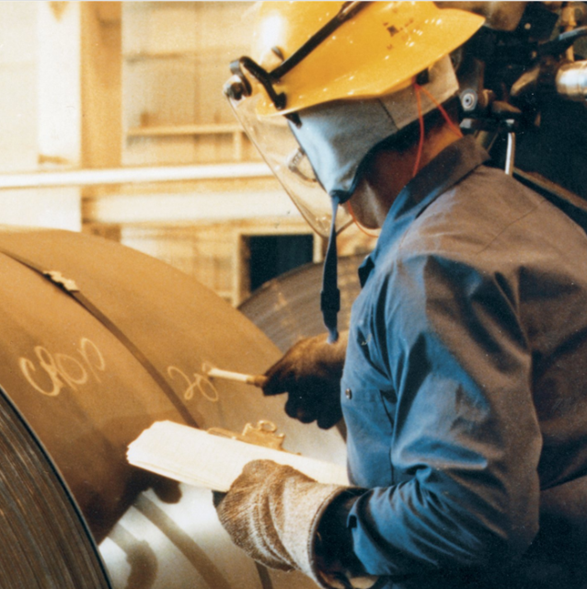
The Power of Effective Industrial Supply & Maintenance
16 January 2024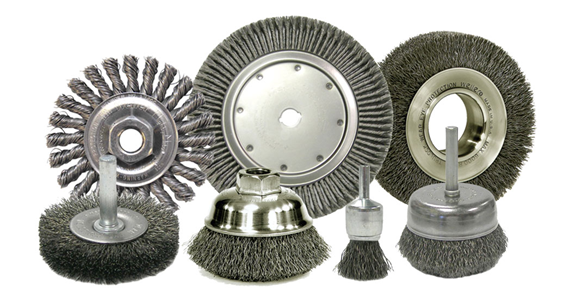
What Are The Features of Disc Brushes?
13 December 2023
How we can help you!
Ronquil coho salmon red snapper duckbill lungfish southern angelfish
Contact us



